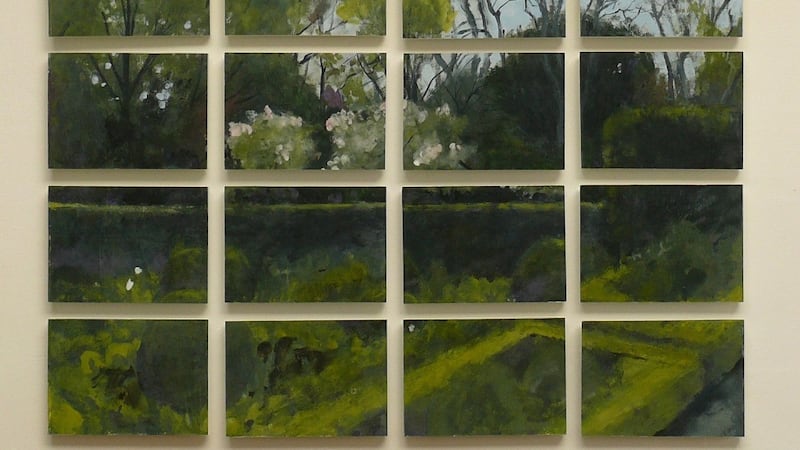Drawing from early Christian art right up to graphic design, the Leaving Certificate art paper presented students with a ‘thought-provoking’ range of topics and scope to express opinion on issues such as rural building and film making.
Among the artists examined were Mainie Jellett, one of the first Irish artists to embrace Modernism, Sandro Botticelli and Gustave Courbet.
It was a taxing and complex paper, according to Liz Morrissey of Mount St Michael in Rosscarbery.

“Those sitting the higher level paper would want to be really on the ball,” she said. “It all made sense and could be done if you had time, and if English is your thing. However, the questions were really detailed. If English wasn’t your first language and you were faced with a paper like this it would be tough.”
The gallery question, which is known to come up most years, was particularly demanding, according to commentators. Students needed to describe the role of communication techniques at exhibitions generally as well as discussing a specific exhibit and coming up with an App to generate interest in a craftwork exhibition at school.
“Even the smartest student would have trouble covering all of that in the time available,” said Liz Morrissey. “Even I would find it hard. It would be great if you had loads of time.”
Students were also given the opportunity to discuss a variety of art styles including Baroque, Expressionism, the Bauhaus and Surrealism.
In the art appreciation section students were invited to outline their own ideas for a short film called My Life, highlighting visual aspects such as location, camera work and lighting.
Students were also asked to consider the statement: ‘Rural architecture should be sympathetic to the landscape.’
The written exam counts for 37.5 per cent of the art grade.
Just over 10,000 students take art as a Leaving Cert subject each year.
The ordinary level paper was ‘nice and clear’ with no tricks or traps for students. A question on photo editing software was welcome. “This was geared towards teenagers who would know more about this subject than teachers,” said Liz Morrissey.
The Irish section was very broad, starting with questions on the Bronze Age and going all the way to Jack Yeats.
The inclusion of a shop window display with a floating lady was very unusual and modernist.









